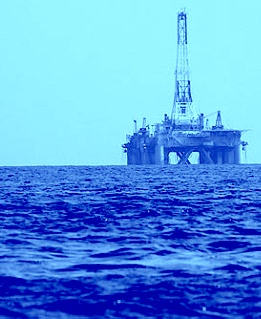Old wrecks help coral spread
 Old oil rigs and shipwrecks could help global coral populations flourish.
Old oil rigs and shipwrecks could help global coral populations flourish.
A new study shows man-made structures in the ocean can support threatened marine life by acting as stepping stones for coral larvae as they move through the ocean.
UK researchers have used computer algorithms to model how a protected species of coral ― Lophelia pertusa ― might disperse in the North Sea if its larvae were released into the ocean around installations such as oil and gas rigs.
The model predicted that the larvae would travel between coral populations that have colonised individual structures and even reach natural populations located at great distances. There, the larvae could supplement the existing population or recolonise damaged reefs.
The findings suggest that these anthropogenic structures form a network of densely connected clusters of coral ecosystems that spans hundreds of kilometres and crosses international borders.
The experts say the structures could form stepping stones that hold coral networks together and increasing their resilience at times of low ocean circulation, which could become increasingly important as ocean currents weaken due to climate change in coming decades.








 Print
Print